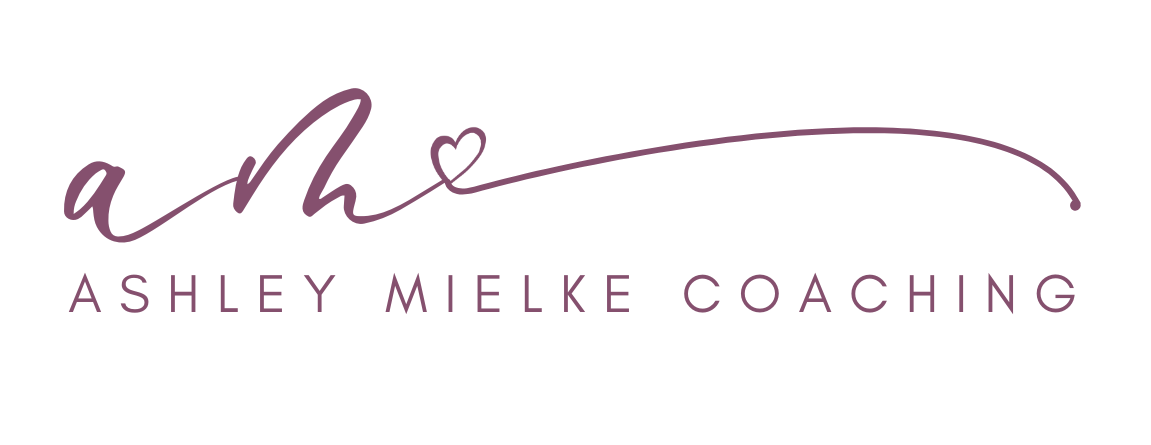Frequently Asked Questions
-
Yes. Healing is absolutely possible, no matter how long it’s been or how stuck you feel. But healing won’t happen to you—you must be ready to step into it. You’ll need a willingness to show up, to believe—even just a little—that healing is possible, and to walk through some discomfort along the way. You don’t have to be fearless. You just have to be willing.
-
Within the Life After Loss Blueprint, I offer the option of private, concierge 1:1 coaching sessions for deeper, individualized support. However, I don’t offer exclusive, standalone one-on-one coaching. Community is an essential part of the healing process. Being witnessed and supported by others who understand suicide loss is one of the most powerful ways my clients experience transformation. You’ll have the best of both: private support when needed—and a community that strengthens you every step of the way.
-
Group coaching is a safe, structured space where you'll receive expert guidance, compassionate support, and connection with women who truly understand. Each week, you’ll have the opportunity to join live online coaching calls, connecting with women at different stages of healing—some just starting, others farther ahead. Those ahead offer hope; those newer remind you of how far you’ve come. There’s no pressure to share unless you choose to. Many women find that just being in the virtual room with others who get it is healing and hope-giving all by itself.
-
All group coaching calls are recorded and uploaded into a secure member portal within 24 hours. You can watch the replays at your own pace. Many women work full-time or have busy lives—the program is designed to fit into your real life, not the other way around.
-
No. This program is a private, self-investment. Insurance does not cover coaching, and there is no government funding available. Healing is a personal, sacred commitment—and it requires readiness, willingness, and the decision to invest in yourself and your future. The women who walk this journey consistently say it was one of the greatest gifts they ever gave themselves.
-
Expect to set aside about 2–3 hours per week for lessons, reflections, and group calls. Some weeks may flow easier; others may feel heavier—and that's okay. Healing isn’t about perfect consistency—it’s about continuing to show up, even when it feels hard.
-
Serving women is a personal and purposeful choice for me. A women-only space creates the emotional safety and depth needed for vulnerable healing work. Here, you don’t have to be strong for anyone. You don’t have to protect others from your truth. You are free to grieve, heal, and grow exactly as you are.
-
Because suicide grief is different. The layers of guilt, stigma, silence, and complicated love require a different kind of support. Having walked this path myself, I know what traditional grief work often misses—and what suicide loss survivors truly need to move forward. The Life After Loss Blueprint was created specifically to meet the complex needs of women bereaved by suicide.
-
It’s completely normal to feel afraid. Anytime we try something new—especially something as vulnerable as healing—it’s natural to feel hesitant or unsure. Courage isn’t the absence of fear.
It’s feeling afraid and choosing to take one small step anyway. Many women who start this journey wonder if it will work for them. You don’t have to feel 100% ready or certain. You just need a willingness to lean in, even if part of you feels scared. Healing can begin the moment you make the commitment. -
No. The Life After Loss Blueprint is a grief coaching program, not therapy or clinical mental health treatment. It’s designed for women who are ready to engage actively in their healing, build meaning, reconnect to life, and move forward with new strength. If you are currently navigating acute mental health challenges—such as clinical depression, PTSD, active addiction, or thoughts of self-harm—therapy may be a more appropriate first step before entering this program. And that’s okay. There’s no shame in getting the support you need, wherever you are right now.
-
No. You are always in full control of what you share—and when you share it.
Some women find it healing to open up right away. Others prefer to listen quietly at first. There is no pressure, no expectation, and no judgment here. Your story is yours to hold, honor, and share only if and when you feel ready. -
Start by watching the free masterclass about healing after suicide loss. It will help you understand my approach, the pathway to healing I teach, and whether this journey feels right for you. If it resonates, you’ll be invited to book a free Grief Assessment Call to explore working together.
